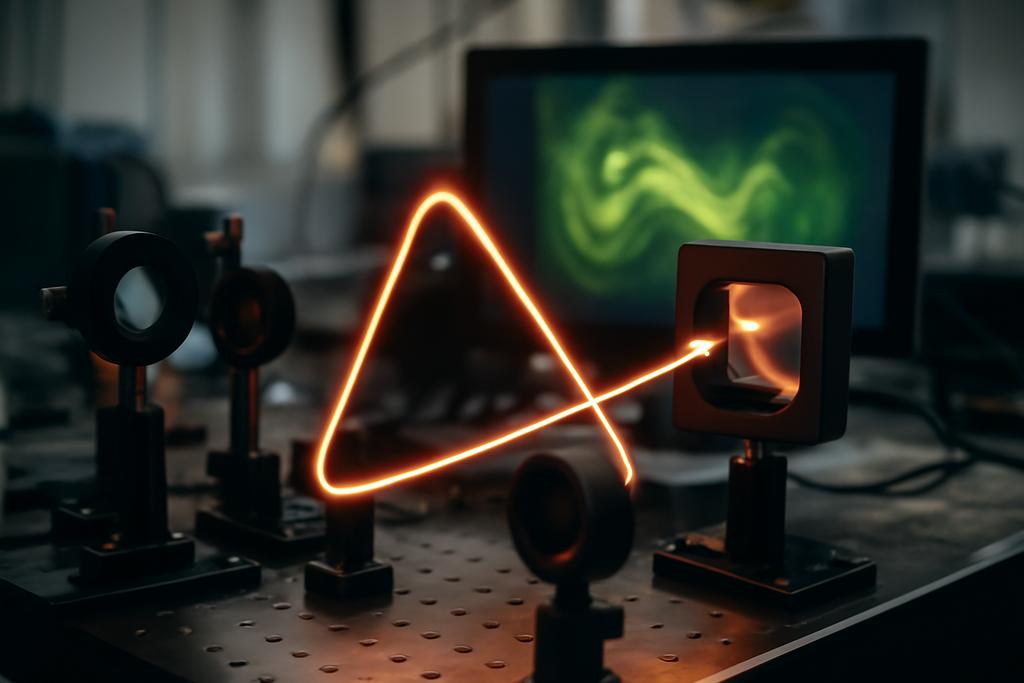In the strange theater where quantum physics meets networks, two ideas keep stealing the show: nonlocality and steering. Nonlocality is the sense that distant parts of a system can be correlated in ways that defy classical cause-and-effect intuition. Steering, a related but slightly more nuanced notion, is the ability of one party to influence the state of another that it cannot fully access. A new paper from the Université libre de Bruxelles (ULB) and the Indian Institute of Technology Kharagpur, led by Dhruv Baheti and Shubhayan Sarkar, turns this drama into a practical blueprint for watching quantum steering play out in networks where sources are independent and most nodes aren’t trusted. The catch? You don’t need inputs from all nodes to witness something genuinely quantum. A single fixed measurement at one trusted node can unveil a cascade of entanglement swapping that propagates across the entire network.
This work isn’t just a clever trick for a single triangle of devices. It builds a careful bridge from the tidy world of idealized experiments to the messy reality of real networks: topology—the network’s shape—becomes a feature, not a flaw. The researchers show that swapping quantum information through a network is not fragile to the wiring or to noise; in fact, the network’s arrangement can help preserve the quantum advantage even when other nodes might be colluding or when the devices aren’t perfectly matched. It’s a compelling shift from the dream of perfectly isolated quantum devices to the reality of decentralized, scalable quantum systems that could one day power robust quantum communication and computation across cities, campuses, or data centers.










